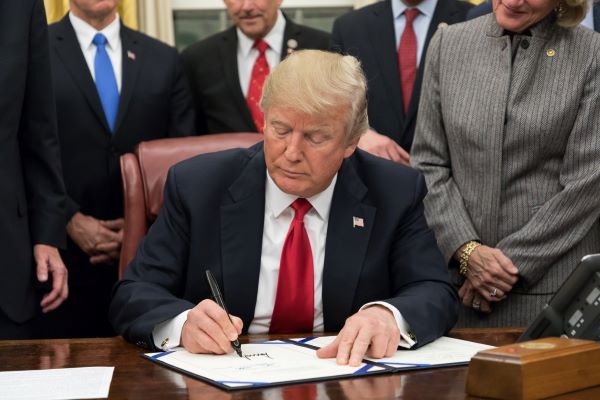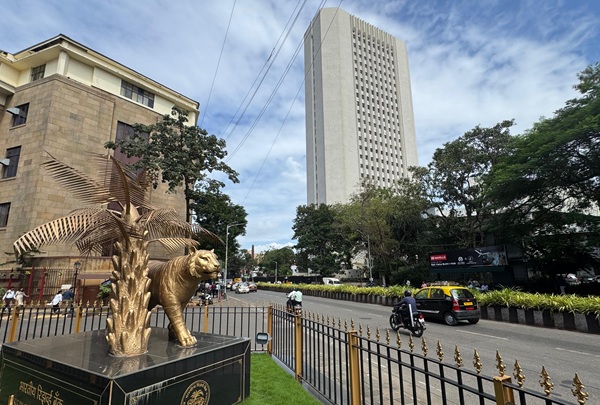.png)
August 30, 2025 at 8:37 AM IST
The US Court of Appeals for the Federal Circuit on August 29 dealt a major blow to Donald Trump’s tariff strategy, ruling in a 7–4 decision that the president exceeded his authority under the International Emergency Economic Powers Act, according to a report by thinktank GTRI. The judgment upholds an earlier May 28 ruling by the US Court of International Trade that first struck down the duties.
However, the tariffs—covering imports from countries including India—will remain in force until October 14, giving the Trump administration time to seek a Supreme Court review, the report said.
The US court battle will shape world trade future. The US supreme court will decide whether tariffs will remain a matter of Congressional lawmaking, or an instrument of presidential geopolitics.
The US has imposed 50% tariff on India, including 25% for dealing in trade with Russia.
At the center is Trump’s reliance on the International Emergency Economic Powers Act, a 1977 law crafted for sanctions and financial controls in times of foreign emergencies. The statute grants presidents broad powers to regulate transactions and block property, but it does not mention tariffs or taxation. Trump invoked it in 2019 and again in 2025, declaring the US trade deficit and alleged fentanyl inflows from China, Canada, and Mexico as national emergencies to justify sweeping duties, the GTRI report said. The appeals court rejected this, stressing that Congress—not the president—holds tariff authority, and that any delegation must be explicit and narrow. Multiple lawsuits from states and businesses reinforced this constitutional challenge.
The critical issue is the limit on presidential authority versus Congressional powers, said Ajay Srivastava, founder of GTRI. The Constitution grants Congress—not the president—the authority to impose tariffs and taxes, and any delegation must be explicit and narrowly defined. By declaring a trade deficit a “national emergency” in April and linking fentanyl inflows to tariffs on China, Canada, and Mexico in February, Trump sought to stretch IEEPA beyond its intended scope.
The court rejected this interpretation, warning that Congress never intended to grant presidents unlimited tariff powers. Multiple lawsuits—from states and small businesses—reinforced this constitutional challenge. Thus, beyond tariff relief, the ruling reasserts the principle that executive emergency powers cannot override Congress’s core trade and taxation authority.
The Supreme Court, expected to take up the case in the second half of October, will now decide whether Trump’s expansive reading of IEEPA survives—or whether Congress’s limits on presidential trade powers are restored, said Srivastava.
Chronology of Events
|
Date / Period |
Event |
Key Details |
|
February 2025 |
Trump Tariffs on China, Canada, Mexico |
Tariffs imposed citing fentanyl trafficking; all three countries denied the charge. |
|
April 2025 |
Trump “Reciprocal” Tariffs |
Declared a national emergency over U.S. trade deficits; invoked IEEPA to justify broad tariffs, claiming deficits weakened U.S. manufacturing and military readiness. |
|
May 28, 2025 |
Court of International Trade Ruling |
Three-judge panel (including a Trump appointee) struck down both tariff sets, ruling Trump exceeded his authority. |
|
Mid-2025 |
Subsequent Lawsuits |
Five U.S. businesses, 12 Democratic-led states, and states like California filed suits arguing tariffs were unconstitutional. |
|
Mid-2025 |
Another Washington Court Ruling |
Held that IEEPA does not authorize tariffs; the government filed an appeal. |
|
August 29, 2025 |
Appeals Court Decision (7–4 vote) |
U.S. Court of Appeals for the Federal Circuit ruled tariffs illegal but allowed them to stay until October 14, pending possible Supreme Court appeal. |




